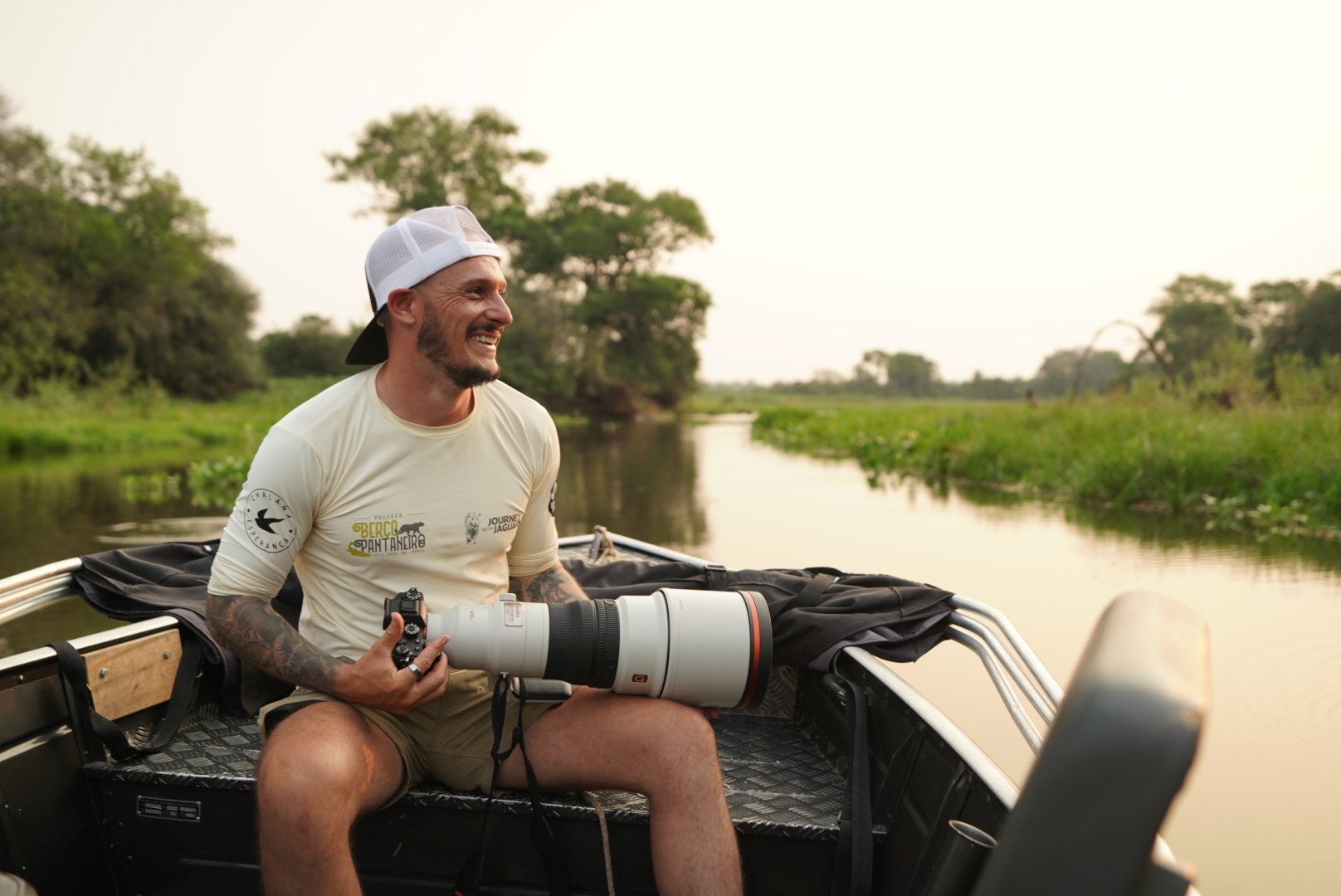North vs South Pantanal: Where to See Jaguars in the Wild
November 30, 2022

When most people dream of seeing a wild jaguar, they imagine raw wilderness — not a zoo without fences. But in Brazil’s vast Pantanal, not all jaguar experiences are created equal.
There are two main regions where jaguars can be seen: the Northern Pantanal, accessed through Cuiabá and Porto Jofre, and the Southern Pantanal, reached via Campo Grande or Corumbá. Both regions share the same ecosystem, but the experience could not be more different.
The Northern Pantanal — Untamed, Authentic, and Wild
This is where jaguar tourism began — and where it thrives. The northern region, particularly the area around Porto Jofre and the Cuiabá River, offers the highest density of wild jaguars anywhere on Earth.
Here, the cats are truly wild — not radio-collared, not tracked, and not manipulated for sightings. Instead, encounters happen naturally from small river boats, as jaguars patrol the riverbanks, hunt caimans, and interact freely within their territories.
It’s an unfiltered experience — real wildlife photography in its purest form.
At Journey with Jaguars, we operate exclusively in the Northern Pantanal, running small-group expeditions focused on ethical photography, respect for wildlife, and the thrill of true discovery. Every sighting is earned, not staged — and that’s exactly what makes it unforgettable.
The Southern Pantanal — Easier Access, But Controlled Sightings
In contrast, the Southern Pantanal is better known for farm stays and traditional ranches (fazendas) rather than pure wildlife tourism. Jaguars do exist there, but due to dense vegetation and fewer accessible waterways, sightings are rare — unless the cats are radio-collared.
Several lodges in the south rely on tracked jaguars fitted with radio transmitters, allowing guides to locate them using telemetry equipment. While this guarantees sightings for some travelers, it comes at a cost — the experience feels more managed, less wild, and less photographic.
For serious photographers and nature purists, this kind of controlled encounter lacks the unpredictability and magic that make the Pantanal legendary.
Why the North Wins — Every Time
- Wild, not tracked: Jaguars roam freely without collars or interference.
- Water-based safaris: Rivers give unparalleled access and angles for photography.
- High density: More jaguars per square kilometer than anywhere else on Earth.
- Photography paradise: Perfect light, reflections, and behavior-rich encounters.
- True wilderness: You’re immersed in a thriving ecosystem of caimans, giant otters, capybaras, and over 600 bird species.
The north isn’t just better — it’s the heart of the Pantanal’s wild soul.
Final Word
If you want to see a jaguar, you can go anywhere.
If you want to feel what it means to be in jaguar country — to witness power, freedom, and nature unchained — the Northern Pantanal is the only place to be.
That’s why all Journey with Jaguars expeditions take place there — where the encounters are real, the stories are true, and the memories last forever.
Step into the wild
Exclusive trip updates, rare jaguar stories, and insider photography tips - straight to your inbox!

.svg)


.png)